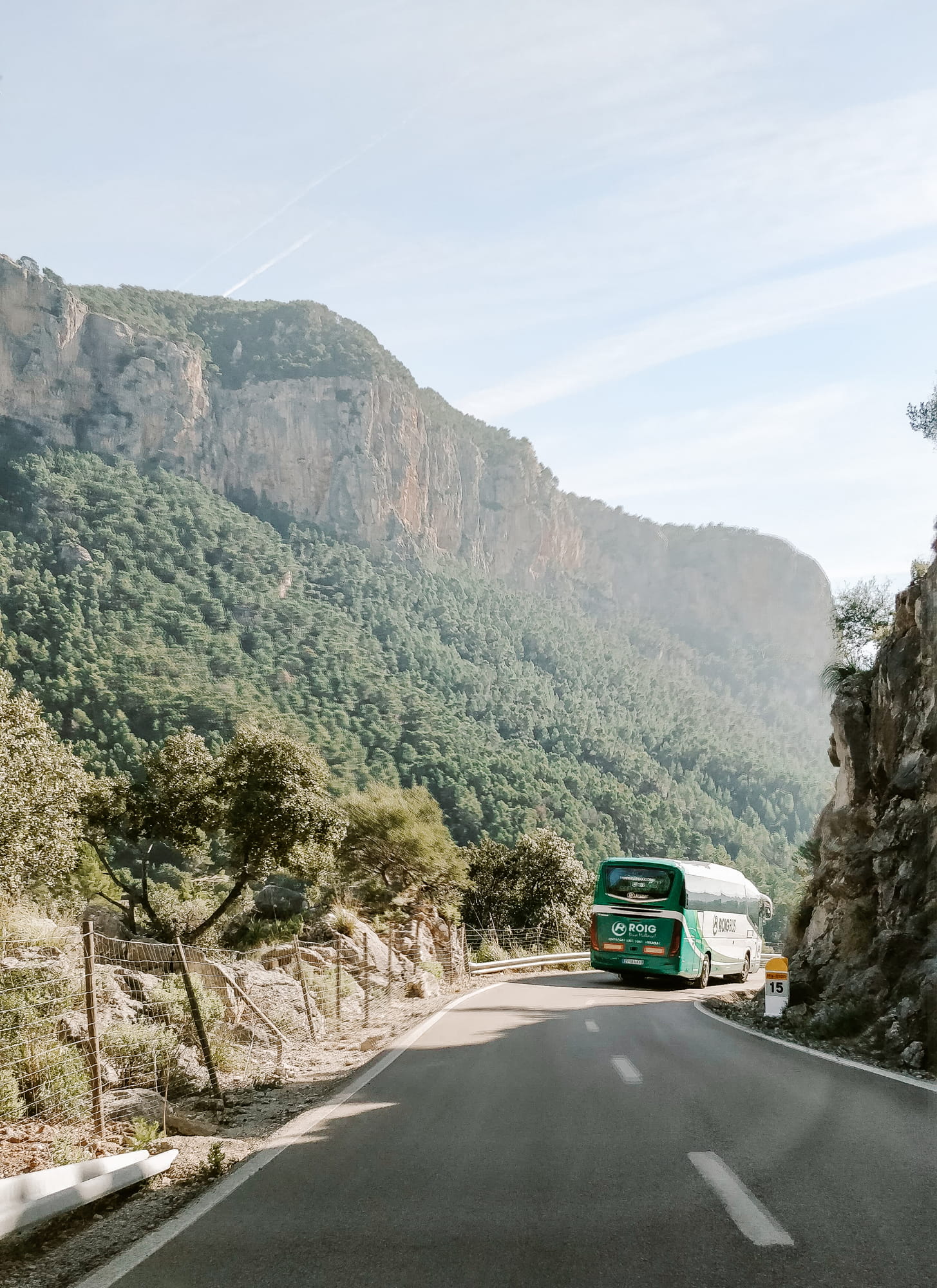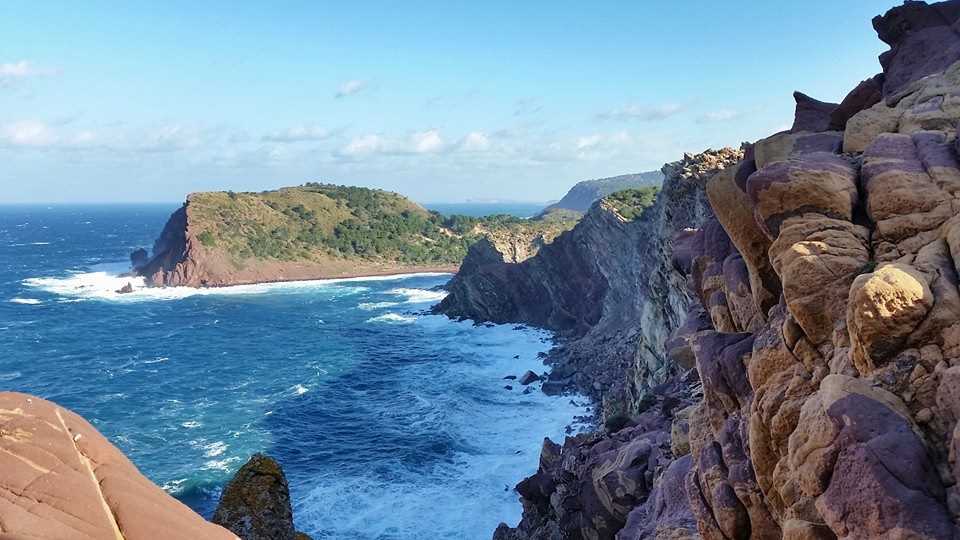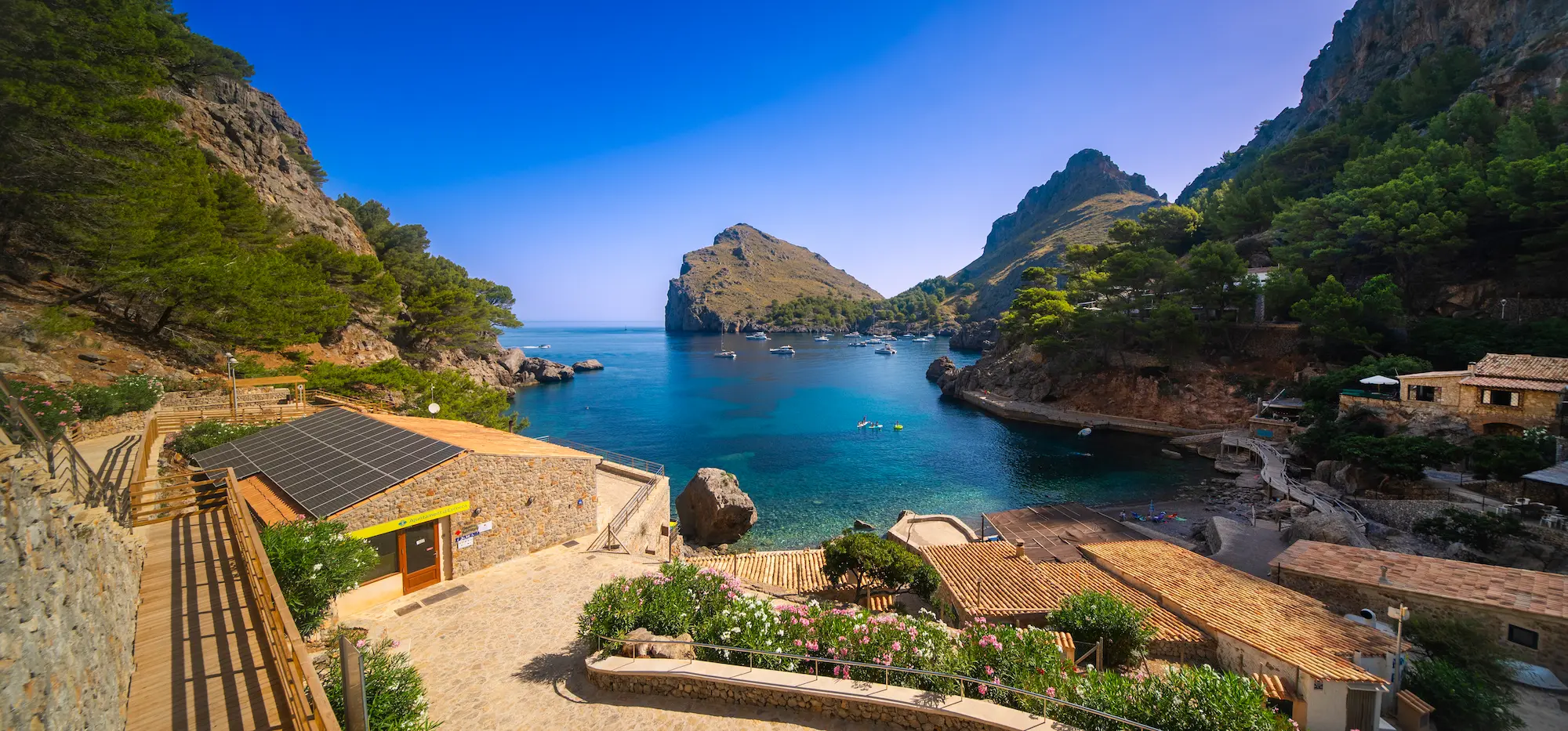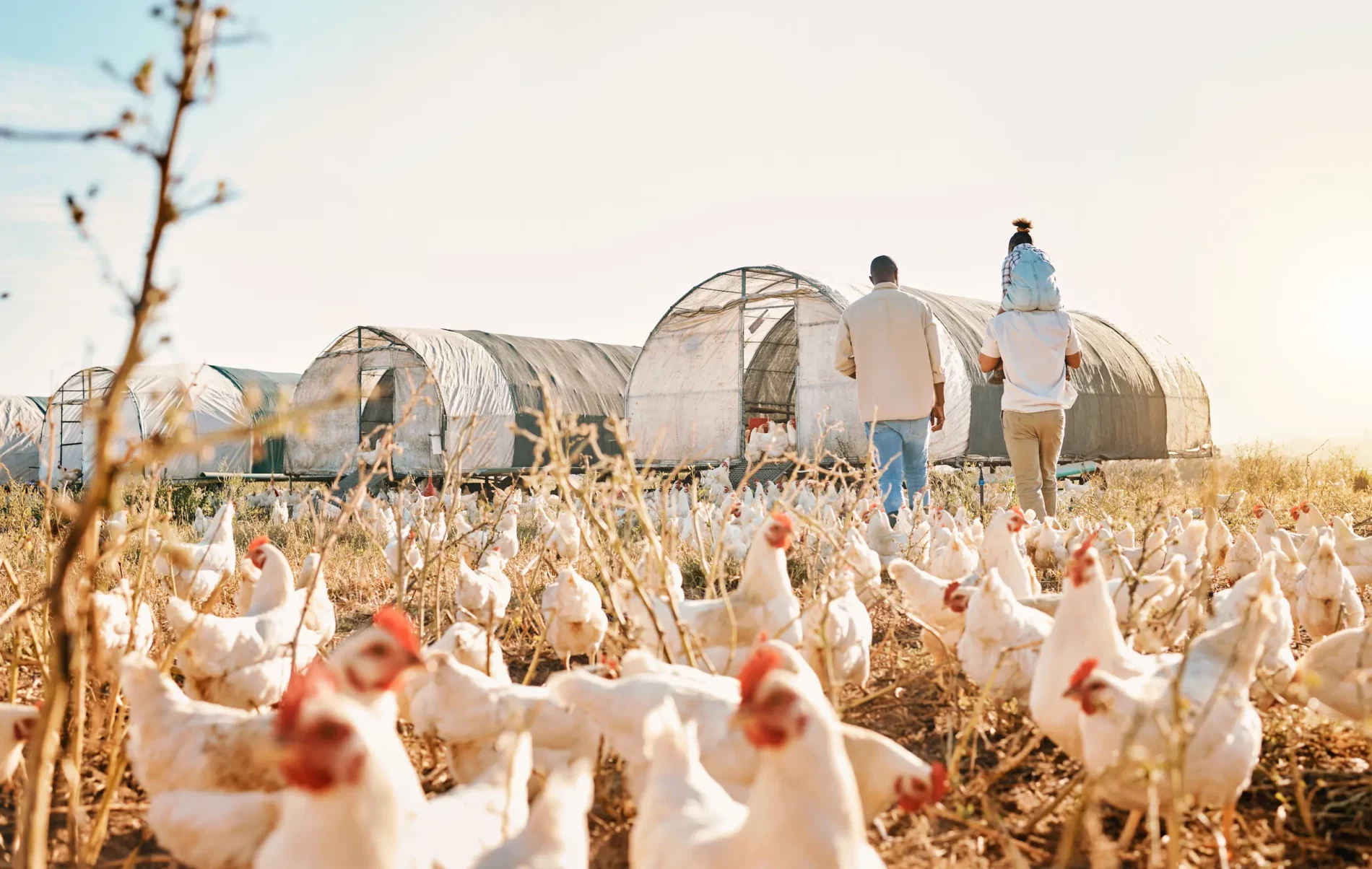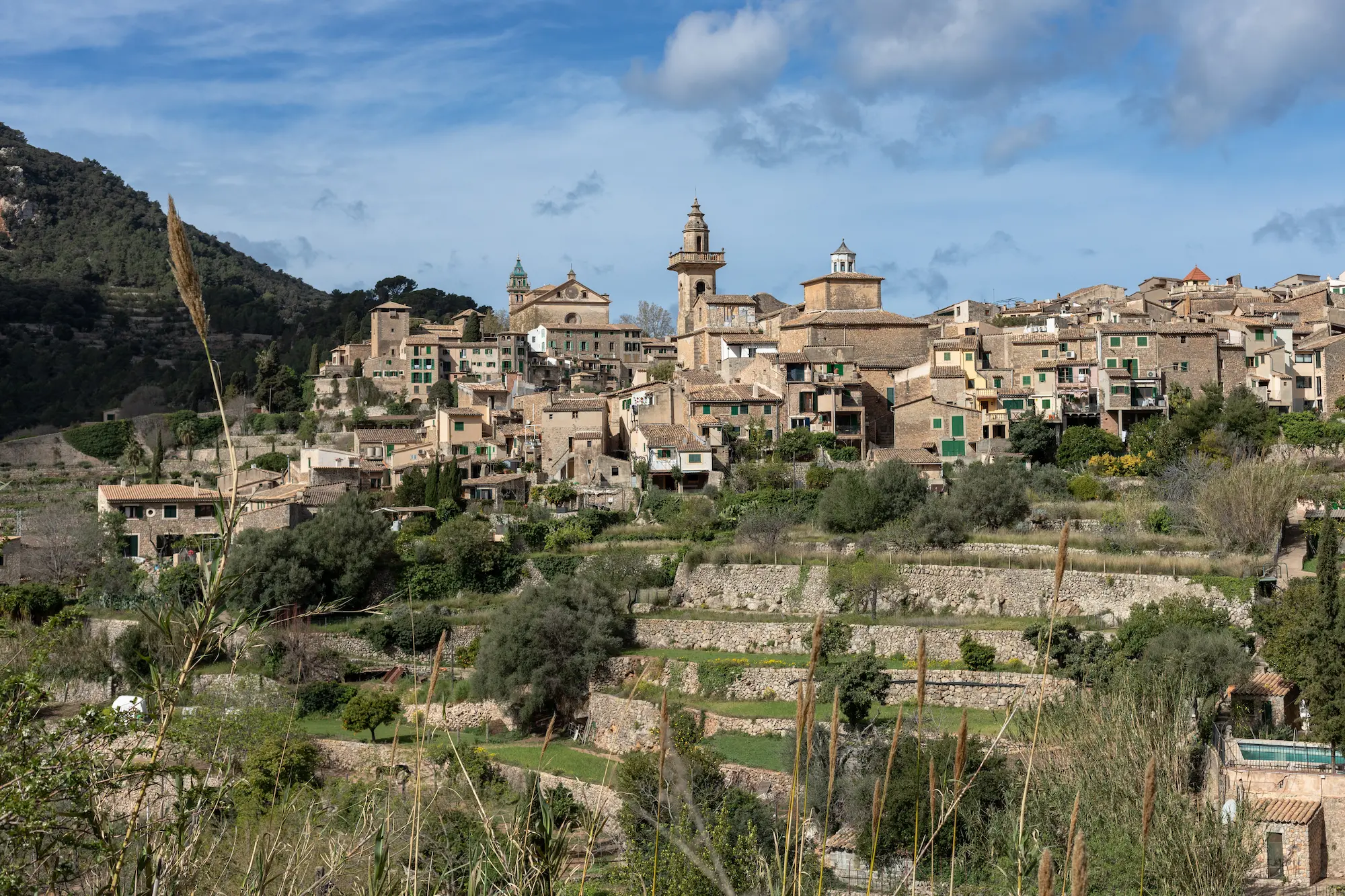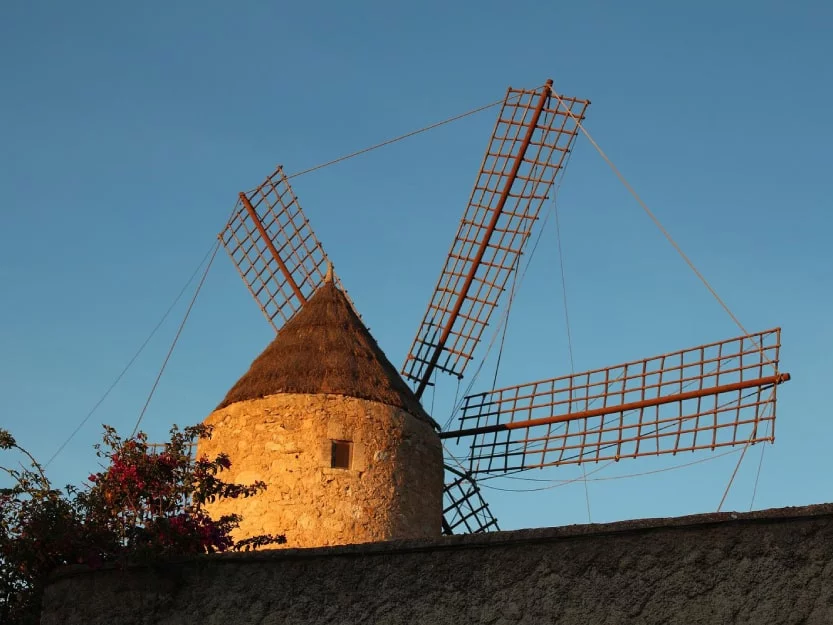Discover the richness of Mallorca’s flora and fauna! The Balearic Islands have been isolated from the rest of the continent for centuries and this has meant that species have developed their own path in the process of evolution. For this reason, in Mallorca, the largest island of this archipelago, there are numerous endemic and unique species that coexist with the typical nature of the Mediterranean.
At ROIG we believe that connecting with the environment is one of the best ways to enjoy your holiday in paradise. That is why we introduce you to the flora and fauna of Mallorca, so that, in addition to its best beaches and coves, you can enjoy nature in its wildest form.
Flora and fauna of the Serra de Tramuntana mountain range
There are many ideas to tour the Serra de Tramuntana mountain range by car and some of them focus on steep cliffs, deserted beaches and idyllic landscapes. However, sometimes we overlook the little things that surround us and that have been there since the beginning of time. We are referring to the plants and animals of the Tramuntana mountain range.
This mountain range is located in the north of the island of Mallorca and is formed by a mountainous enclave on the edge of the sea. Its inaccessibility is what has led to the preservation of unique plant and animal species in its extension of more than 69,000 hectares.
The rugged mountainous region of the Serra de Tramuntana is aligned from north-east to south-west and limited by almost rectilinear edges, which present the highest elevations of the Balearic Islands. These reliefs are made up of powerful masses of Mesozoic limestones and dolomites, continental formations containing Lower Miocene deposits.
The architecture of the walls is structural and complex, based on compressional tectonics, vertical fractures and gravity displacements. The edge of this mountain range has majestic cliffs overlooking the sea and abrupt sheer walls, which in certain stretches reach a height of 300 metres, only interrupted by the port of Sóller.
At the other end of the mountain range, the relief is more rounded and descends gently until it joins the central plains of the island. Some of the most beautiful coves in the area that are worth mentioning are Cala Tuent, Cala Deià, Sa Calobra and Cala Sant Vicent.
Mallorca’s climate is Mediterranean, with mild average temperatures and seasonal rainfall. The driest and hottest season is summer. The average annual rainfall is 1,500 millimetres in the highlands and most of the rainfall is concentrated in a few days, with heavy or very heavy rainfall in autumn. The rest of the year there is very little rainfall.
Average annual temperatures range between 60ºF (16ºC) and 64ºF (18ºC), with average highs in the summer days, which can reach 29ºC or 30ºC. The island’s climatic conditions prevent the passage of north-westerly winds and favour the proliferation of plants and animals.
The Mallorcan flora that can be found in the Tramuntana mountain range is made up of trees, bushes and plants, such as the following: Balearic holm oak, garrigue, rosemary, strawberry tree, penyal violeta (Hippocrepis balearica), genista, rowan, yew, maple, boxwood, rockrose, lavender, thyme,houseleek, etc.
On the other hand, animals of the reptile and amphibian family can be found in the Serra de Tramuntana, such as the Balearic midwife toad and the Ferreret toad. There are also vertebrates in this area, such as the hedgehog, marten, genet, and weasel; or birds such as the osprey, booted eagle, Heleon’s hawk, black vulture, owl, scops owl and colonies of seabirds, such as the cormorant and the common gull, among others.
If you want to have a good panoramic view of the Sierra de Tramuntana, we recommend that you make the excursion to Puig de Galatzó, as it can become a wonderful experience for your holidays in Mallorca.
Flora and fauna of the coast of Mallorca
Although the beaches of Mallorca are mainly used for recreational purposes, we must not forget that they are natural spaces that we have shared with many other living beings for hundreds of years. Despite the fact that these ecosystems coexist with social and recreational uses that exert strong anthropic pressure, we find protected habitats and species that deserve special attention.
The rocky coast is home to plant communities and species adapted to the conditions of salinity, waves and wind, with the presence of salt marshes and sea fennel, among others. We can also find the sea lily, which blooms at the end of the summer, when the tourists have already returned to their homes.
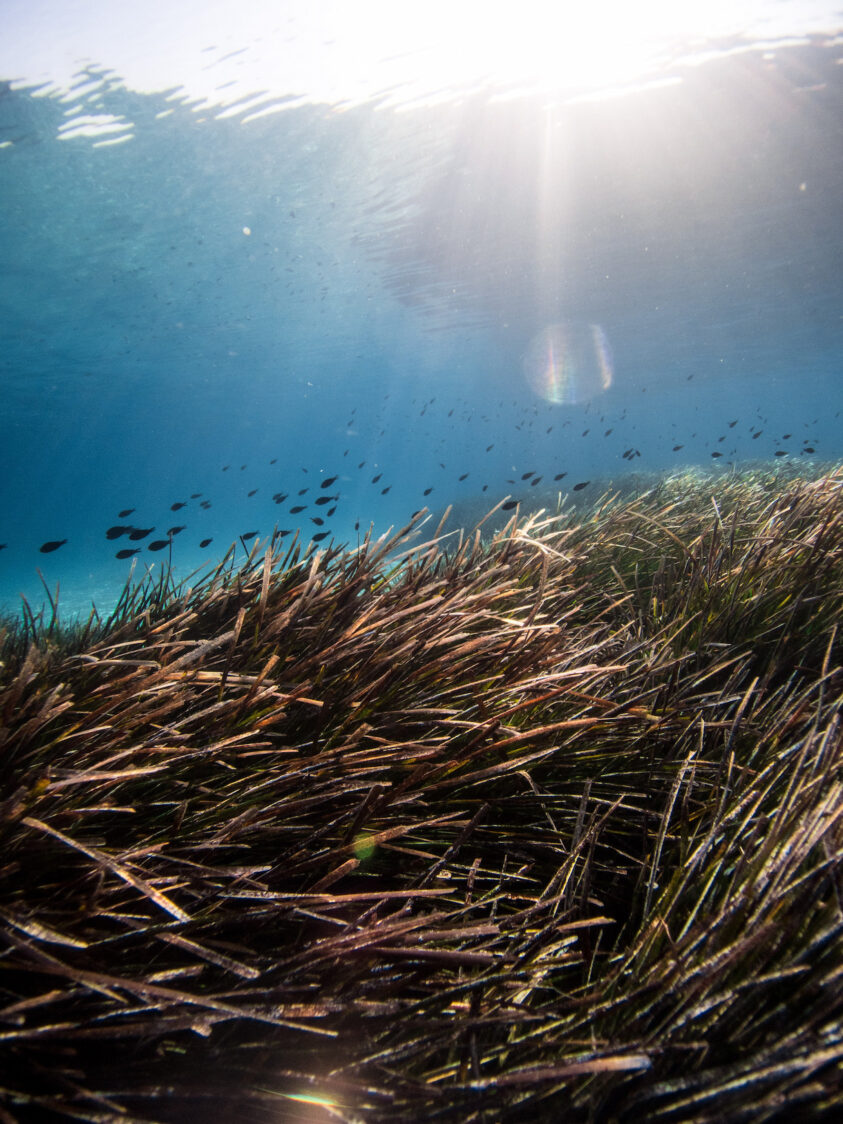

The Carnatge area is also of great naturalistic interest, where plant communities of the rocky coastline that were once present along the entire coast of Mallorca have been preserved. Species of great importance and uniqueness have been found in the area: junipers, gatovells and one of the endemic species of Mallorca that can only be found in this place: Helianthemum marifolium, catalogued in danger of extinction.
A large number of seabirds are regular visitors to the coast, including the Corsican gull Larus audouinii, the shearwater Puffinus mauretanicus, the Balearic shearwater Calonectris diomedea and the cormorant Phalacrocorax aristotelis.
The Posidonia oceanica meadows are a refuge for many species of fish, starfish and nacre. The algae play an important role in maintaining good water quality and transparency by retaining suspended sediments and emitting underwater oxygen.
In recent years, there has been an imbalance in the environment of the coast of Mallorca that affects many of these species, some of which suffer considerable population increases, such as jellyfish, which occasionally appear in large groups, a couple of times a year.
Flora and fauna of S’Albufera de Mallorca
The area of S’Albufera also contains the best flora and fauna in Mallorca. It is an ideal place for circular hiking routes in Mallorca while you contemplate the flora and fauna of the area. This Natural Park is the largest wetland in the Balearic Islands. The lagoon is located in the north of the island of Mallorca, on the edge of the bay of Alcúdia, which is separated by a string of dunes.
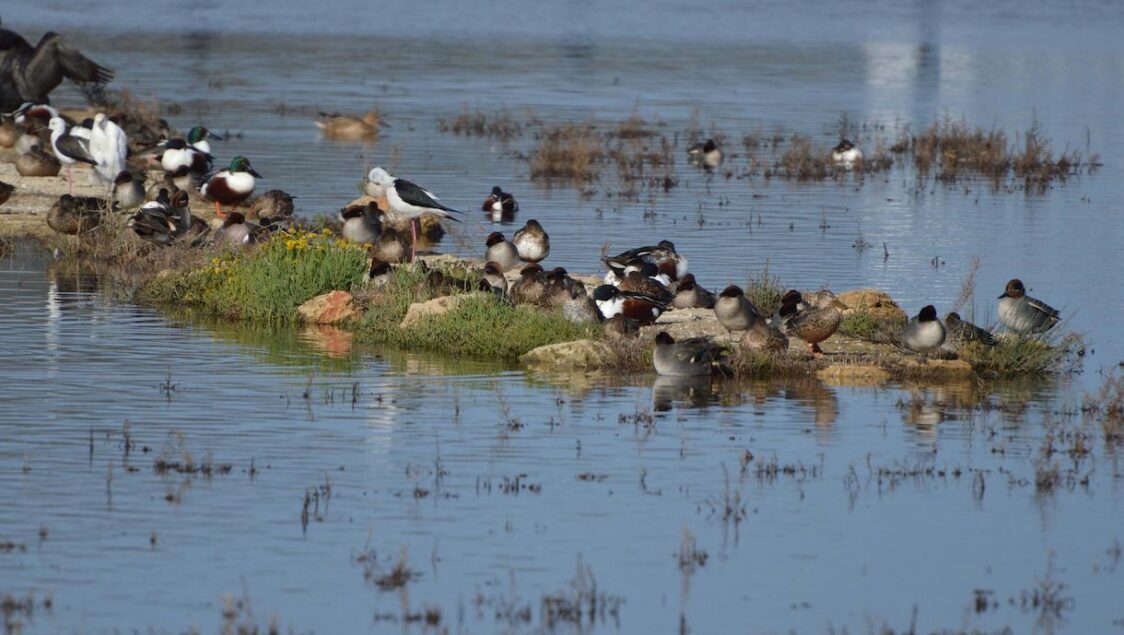

Water is the basis of the biological richness of S’albufera and it is this that allows the continuous growth of the plants of Mallorca in the area, which varies depending on the depth, the proximity to the sea and the type of terrain. In summer, seawater inflows are not abundant, but they do affect the flora and fauna of Mallorca.
The vegetation is dominated by reeds, moor-grass and bulrush, one of the most popular Mallorcan flowers. In the canals we find plants that live submerged, such as Potamogeton pectinatus and the frog bed. In the areas where salt is more abundant, reeds and salt grasses grow. Trees include white poplar, elm and tamarisk.
The species found in the dunes are different, as they are adapted to the difficult conditions of the sandy area: the sea lily, the “peu de milà” and the large-fruited juniper. There is also a great diversity of fungi, with 205 species in total, one of the most famous of which is the Psathyrella halophila, new to science and discovered on the island in 1992.
The coastal forest belt, which are the areas that we can see in dark green on the maps, are the ones that allow the Aleppo pine, mastic, rosemary, heather, a large number of flowers, sarsaparilla, etc. to grow.
As for the animals in S’Albufera, the most common species of fish are the eel and mullet. There is also an abundance of the common frog and some reptiles such as the viperine snake and the European pond turtle. There are also 22 species of mammals such as bats, mice and rats.
The invertebrates that can be found in the area are very diverse and make up a total of 450 species: dragonflies, dipterans, beetles, moths, etc. A total of 303 species of birds have been observed and 10,000 specimens winter in the Albufera: ducks, herons, among others, as well as large groups of starlings.
Some species of migratory birds also make short stays in this Natural Park: teals, carrion-eagles, swallows, cranes, etc. This is thanks to the fact that the Natural Park is protected and above all the birdlife is cared for, as it is the most important for the correct development of the natural habitat on the island.
As you can see, Mallorca’s flora and fauna is very abundant and its ecosystems allow these living beings to cohabit with the human species, adapting to each other. At ROIG, we believe that the best way to get to know the island and travel freely from one place to another is by renting a car. Visit our website and find the best car for you, always at the best price.






